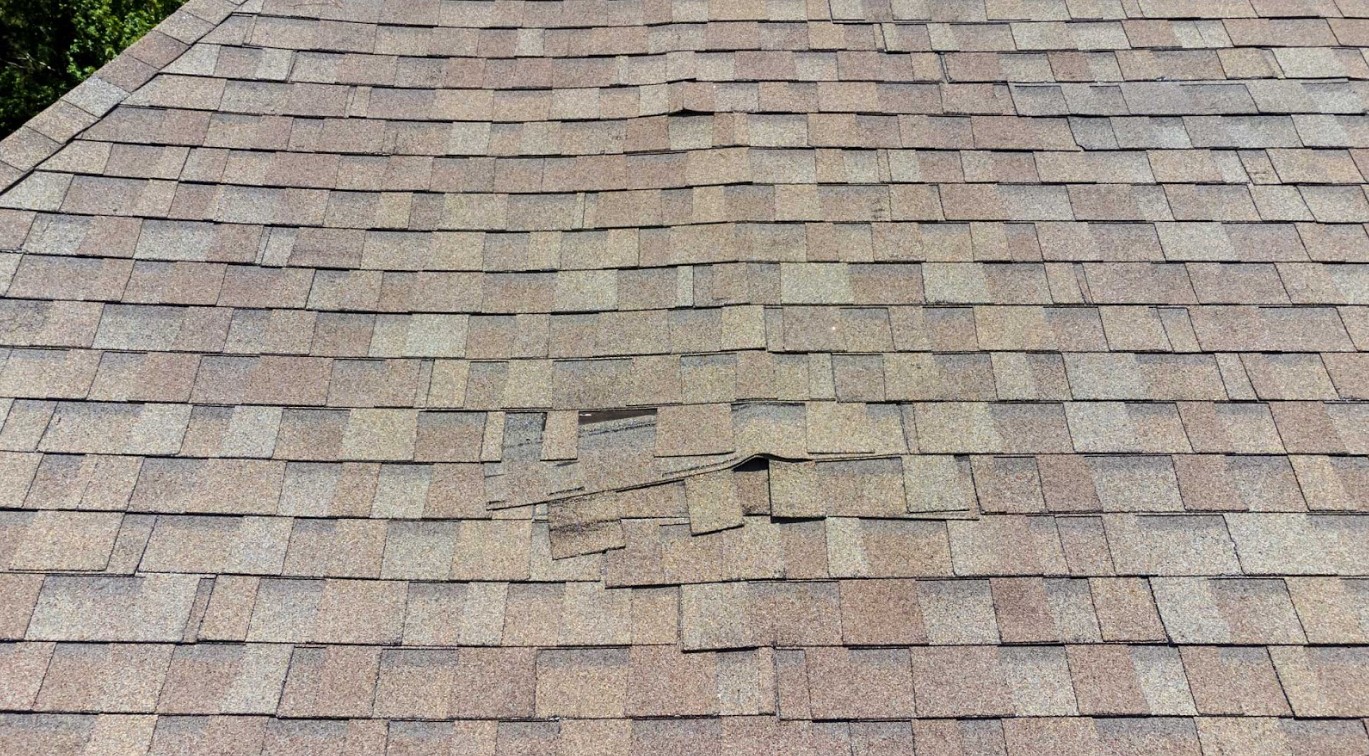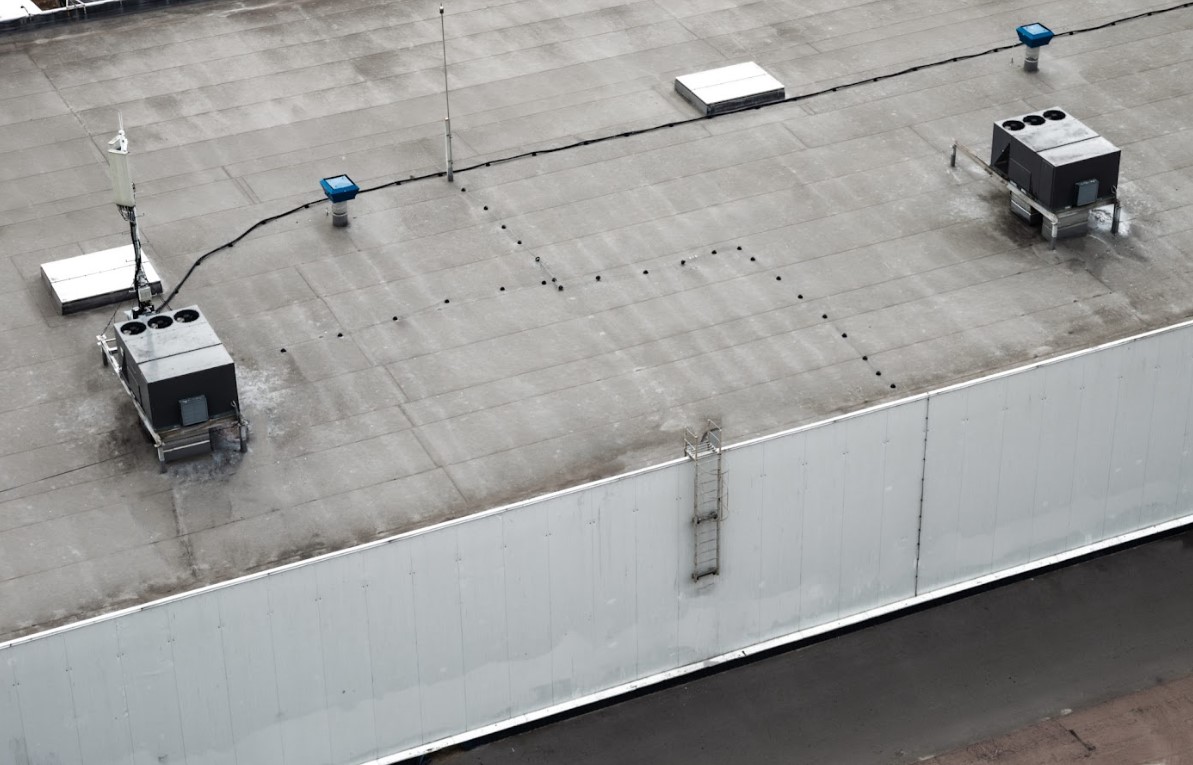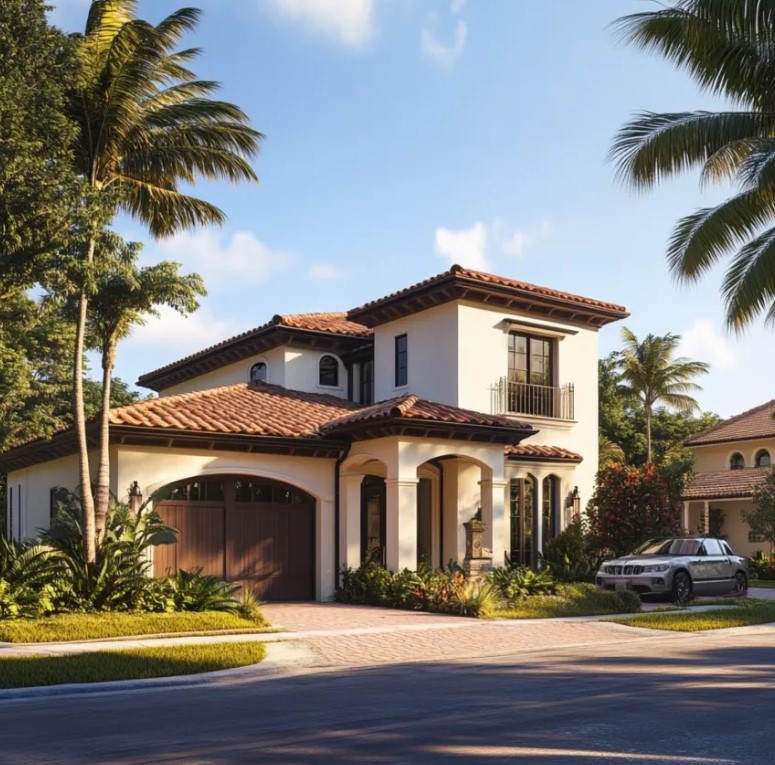Remove Roof Algae in Humid Climates: A Florida Homeowner's Guide
October 2, 2025
•
Written By
My Florida Roofing Contractor

Remove Roof Algae in Humid Climates: A Florida Homeowner’s Guide
If you’ve spotted dark streaks or black spots spreading across your roof, you’re not alone. In Florida’s hot and humid climate, algae thrive, especially during rainy seasons when moisture lingers on shingles and tiles. While it may start as a cosmetic concern, algae can shorten the lifespan of your roof if left untreated. That’s why knowing how to remove roof algae in humid climates like ours is so important for protecting both your home and your peace of mind.
The good news is that roof algae can be removed safely and kept from coming back with the right approach.
In this guide, you’ll learn:
- Why algae grow so quickly on Florida roofs
- Safe ways to remove algae from your roof
- Preventive steps to stop algae from returning
- When it’s time to call a roofing professional for help
At My Florida Roofing Contractor, we’re here to make sure your roof looks great and lasts for years to come.
Request your free estimate today and let your neighborhood roofer help you keep algae under control.
Breaking Down How to Remove Roof Algae in Humid Climates
Florida’s environment is ideal for algae growth. Spores float through the air, land on roofs, and quickly spread where shade and moisture are present. Over time, they create those dark streaks you see from the street.
Why it matters:
- Moisture retention: Algae traps water, weakening shingles over time.
- Energy efficiency loss: Dark stains absorb heat, raising attic temperatures and energy bills.
- Granule wear: Shingles lose their protective coating faster when algae are present.
- Curb appeal: Algae streaks make even well-maintained homes look aged.
While algae don’t destroy a roof overnight, ignoring them for years can lead to damage that requires expensive repairs or even early roof replacement.
Important Factors to Consider Before You Remove Roof Algae
Before deciding how to remove algae, keep these points in mind:
- Roof age: If your roof is 15–20 years old, cleaning may not be enough. Replacement could be the smarter investment.
- Roof material: Asphalt shingles, tile, and metal require different cleaning methods. What’s safe for one may damage another.
- DIY vs. professional help: Safety matters. If your roof is steep or heavily affected, calling a pro is the safer choice.
- Environmental impact: Harsh cleaners can harm landscaping. Eco-friendly products may be better for your home and yard.
- Prevention plan: Algae will return unless you take steps, like zinc strips or algae-resistant shingles, to stop it.
By weighing these factors, you can choose the best, safest approach for your home.
Safe Ways to Remove Roof Algae
DIY Cleaning Options
- Bleach solution: A 50/50 mix of bleach and water kills algae effectively. Apply gently, let sit for 15 minutes, then rinse. Protect your plants and lawn from runoff.
- Vinegar solution: A gentler, eco-friendly alternative for lighter algae growth. Apply and rinse after 20 minutes.
- Store-bought products: Available roof-cleaning sprays contain algaecides designed for stubborn stains. Always follow the instructions carefully.
Professional Algae Removal
For extensive growth or hard-to-reach roofs, professional cleaning is the safer choice. Roofers use soft-wash techniques, low-pressure washing paired with specialized cleaners, to remove algae without stripping away protective granules. Professionals can also check for hidden damage and recommend long-term prevention options.
Long-Term Prevention: Stopping Algae Before It Starts
- Algae-resistant shingles: If it’s time for a replacement, consider shingles infused with copper granules designed to stop algae growth.
- Copper or zinc strips: Installed along the ridge of your roof, rainwater carries algae-fighting ions across the surface.
- Ventilation improvements: A dry, well-ventilated roof surface is far less inviting to algae.
- Routine maintenance: Keep gutters clean, trim back trees, and clear debris that holds moisture on your roof.
These steps don’t just keep your roof looking better; they help it perform longer.
Quick Checklist: Remove Roof Algae in Humid Climates
- Apply a gentle bleach or vinegar solution for light algae
- Hire professionals for safe, thorough soft-wash cleaning
- Protect plants and landscaping during the process
- Install zinc or copper strips for long-term prevention
- Upgrade to algae-resistant shingles when replacing your roof
- Keep up with ventilation and routine maintenance
Remove Roof Algae in Humid Climates FAQs
How Do You Safely Remove Roof Algae in Humid Climates?
The safest method is a professional soft wash. DIY bleach or vinegar mixes work for light algae, but must be used with caution.
Are Roof Algae Stains Harmful?
They’re mostly cosmetic at first, but algae retain moisture that can weaken shingles and shorten roof life if ignored.
What’s the Best Way to Prevent Roof Algae in Florida?
Algae-resistant shingles or zinc/copper strips provide lasting protection. Pair these with good ventilation and regular maintenance.
Can I Remove Roof Algae Myself?
Yes, but only if you can do so safely. For larger jobs or steep roofs, it’s best to hire a professional.
Do Algae-Resistant Shingles Really Work?
Yes. Shingles with copper granules are highly effective at stopping algae regrowth in Florida’s humid conditions.
Protect Your Roof and Your Home
Algae may be common in Florida, but it doesn’t have to take over your roof. With the right cleaning methods and prevention steps, you can keep your home looking its best and extend the life of your roofing system.
At My Florida Roofing Contractor, we’ve been helping homeowners in Vero Beach and surrounding communities keep their roofs strong for more than 20 years. We’re licensed, insured, and proud to stand behind our work with reliable warranties and friendly, local service.
Don’t wait until algae cause damage. Request your free estimate today and let Vero Beach’s most reliable roofing contractor protect your home with exceptional service, guaranteed.
Recent Articles

Residential Roofing
Same-As-Cash Roof Financing in Melbourne: Pay Later, Save More
Discover same-as-cash financing options for roof repairs and replacements in Melbourne. Get your new roof now, pay later, and save with 0% interest.
November 14, 2025

Residential Roofing
Rockledge Roof Repairs: 5 Signs You Can’t Afford to Ignore Before Winter
Learn the 5 warning signs your Rockledge roof needs repair before winter. Spot leaks, shingle damage, and more with expert tips from My Florida Roofing Contractor.
November 13, 2025

Commercial Roofing
Commercial Flat Roof Solutions in Titusville: TPO, EPDM, or BUR?
Discover the best commercial flat roofing options for your business in Titusville, FL. Compare TPO, EPDM, and BUR systems to find the perfect fit for your property.
November 12, 2025

Residential Roofing
Tile Roof Installation in Indialantic, FL: Is It the Best Long-Term Investment?
Discover why tile roof installation in Indialantic, FL is a lasting investment. Learn about durability, energy efficiency, and the benefits of tile roofing for Florida homes.
November 11, 2025
